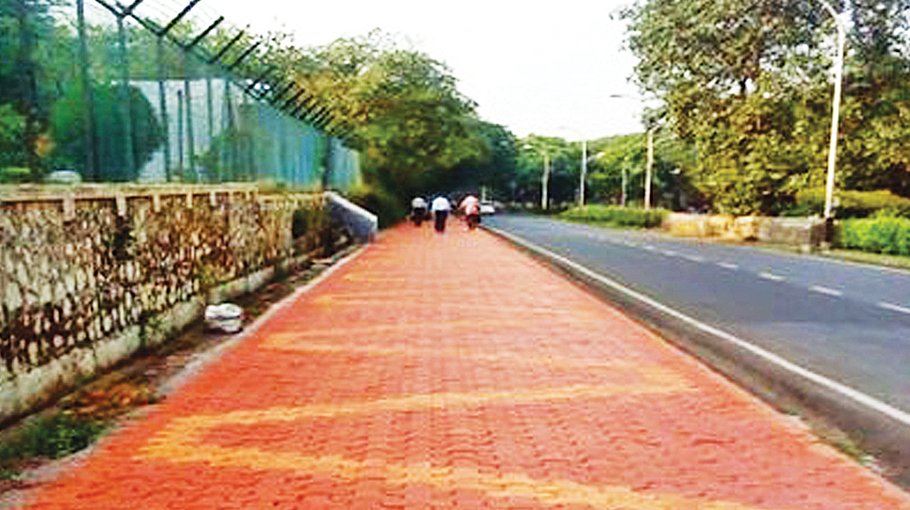Safe walk-friendly urban transport a must

Speakers at a views-exchange meeting on Thursday (February 17) called for building urban transportation system with priority to safe walking environment.
They said that everyone from children to the elderly needs to be able to walk comfortably. If a city is safe and accessible to people from all walks of life, including women, children and people with disabilities, then the city becomes safe and accessible to all. So, the transport system in Dhaka city and other cities and towns in the country should be developed by giving priority to safe walking environment for all, including the schoolchildren, they added.
Some of the speakers said that sixty percent of city dwellers travel on foot, but urban planning ignores them and gives priority to 5-6% of the people who have private cars.
Work for a Better Bangladesh (WBB) Trust, AstraZeneca and Carfree Cities Alliance Bangladesh jointly arranged the views-exchange meeting on ‘Responsibilities in Ensuring Safe Walking Environment to Schools to Control Non-communicable Diseases (NCDs)’ at the National Press Club in Dhaka.
Gaous Pearee, Director at WBB Trust, presided over the programme, while Naima Akter, Project Manager at the trust, presented the keynote address.
Moderated by Ziaur Rahman, Senior Project Officer at WBB Trust; the programme was addressed, among others, by Abu Naser Khan, President of Save the Environment Movement (Poribesh Bachao Andolon-Poba); Meherunnesa, Headmistress at Rayerbazar High School; MA Mannan Monir, Headmaster at Dhaka Ideal Cadet School; Niaz Mohammad Jafri, Lecture at Department of Urban and Regional Planning at Bangladesh University of Engineering; Helal Ahmed, General Secretary of Pratasha Anti-Drug Organization; Abu Naser Anik of Aid Foundation; and Al-Amin Touhid of Ekushey Sangbad.
A total of 30 students from Rayerbazar High School, Dhaka Ideal Cadet School and South Point School & College were declared as ‘Young Advocates on NCD Prevention’ at the event. They will coordinate various awareness-raising activities in their schools to control NCDs.
Meherunnesa and MA Mannan Monir expressed their determination to continue advocacy with the aim of creating a safe and comfortable environment for their students to walk to schools.
In her keynote, Naima Akter said that movement of private vehicles by occupying more space and transporting fewer passengers increases traffic congestion, high fuel consumption, excessive air pollution and road accidents. The lack of physical activity, unhealthy eating habits, tobacco consumption, alcohol consumption and air pollution are mainly responsible for NCDs. Two of the causes can be prevented by walking to school, she said.
Abu Naser Khan said that it is not possible to build a child-friendly without political goodwill. Urban planning ignores the sixty percent of people travel on foot, but gives priority to 5-6% people who have private cars. “We have to take up and implement projects according to our national context with emphasis on environment, public health, development of social system,” he said.
In her presidential speech, Gaous Pearee said, “It is unexpected that car parking is more important than children’s playground in our city. We are developing a sick generation and making older people more housebound. We have to build a social movement,” she added.
In his speech, Niaz Mohammad Jafri said that walking and cycling are essential to prevent NCDs like Covid-19. Because, it is possible to travel on foot and by bicycle while maintaining physical distance. Besides, it is necessary to improve the public transport system. How developed a city is depends on its public transportation system, not on the number of private cars. “We need to make our city safer for everyone from children to the elderly,” he added.
The speakers said that the number of road accidents would be reduced if a safe environment for students to walk to school is ensured. The risk of NCDs will also be reduced as walking to school plays a vital role in meeting the demand of daily physical activity.



